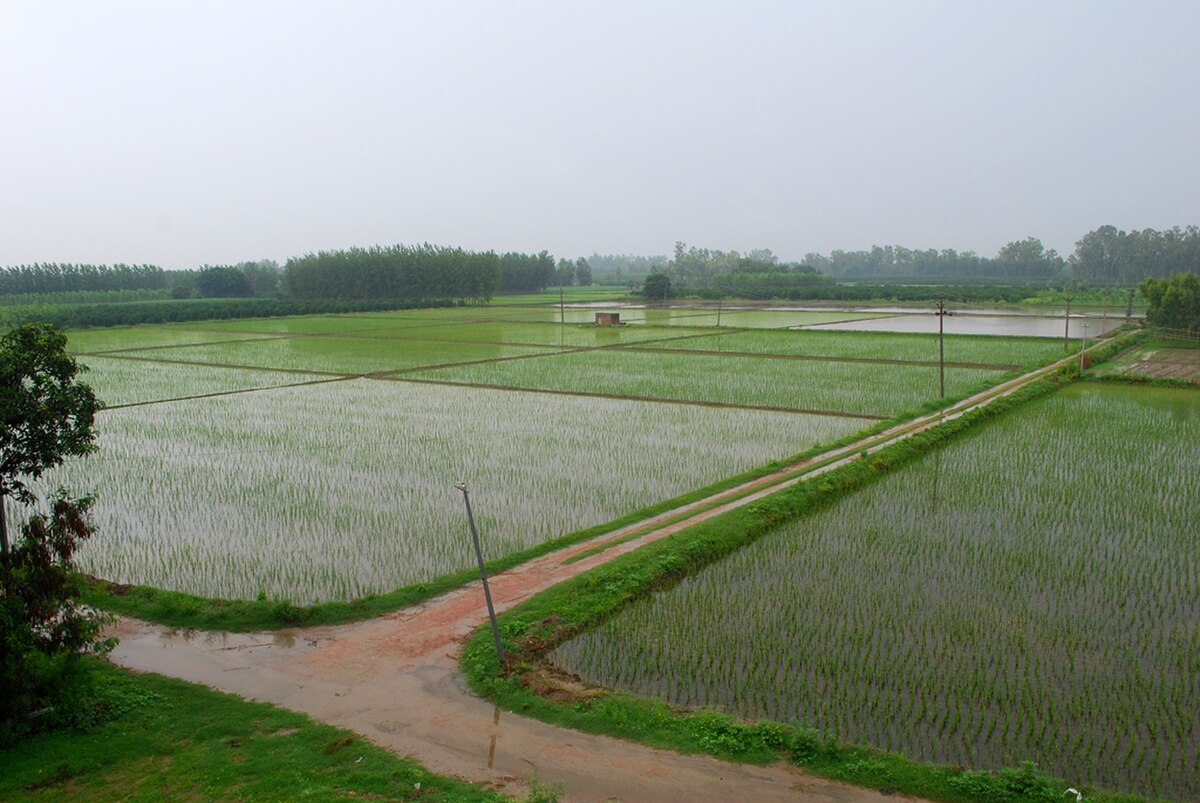
Green & White Revolution in India
IndiaIn the early 1970s, India's population surpassed 500 million. Around the same time, the country successfully addressed its longstanding food crisis through the Green Revolution. This agricultural transformation involved government sponsorship of modern farming tools, introduction of new generic seed varieties, and increased financial assistance to farmers. These initiatives significantly boosted the production of food crops like wheat, rice, and corn, as well as commercial crops such as cotton, tea, tobacco, and coffee. The increase in agricultural productivity was particularly notable across the Indo-Gangetic Plain and Punjab.
Additionally, under Operation Flood, the government focused on enhancing milk production. This initiative led to a substantial increase in milk production and improved livestock rearing practices throughout India. As a result of these combined efforts, India achieved self-sufficiency in feeding its population and ended its reliance on food imports, which had persisted for two decades.
